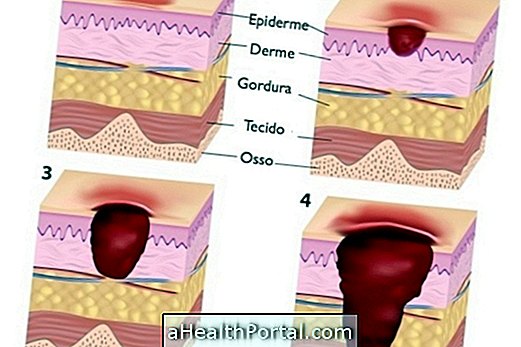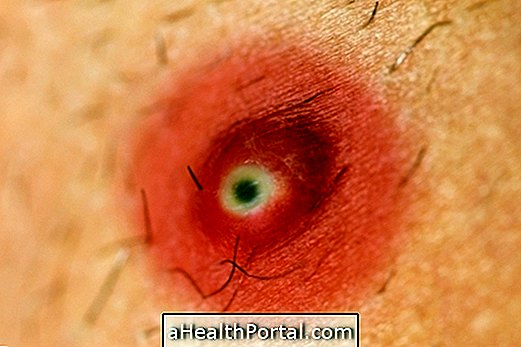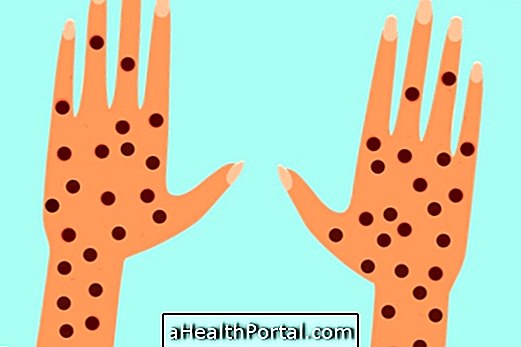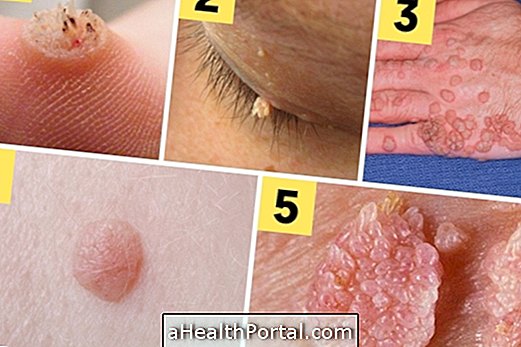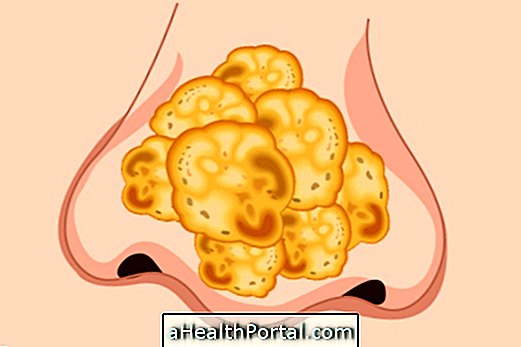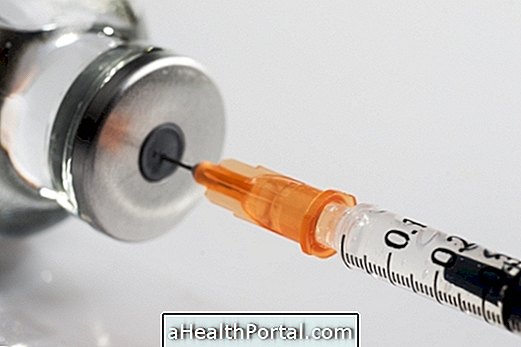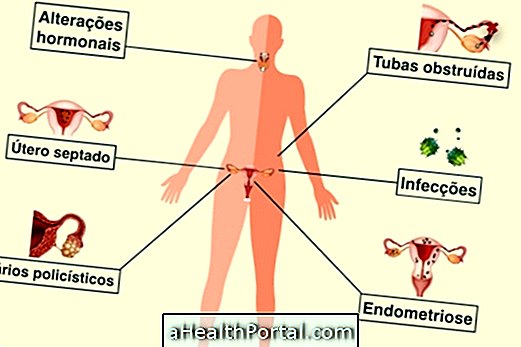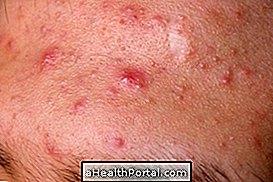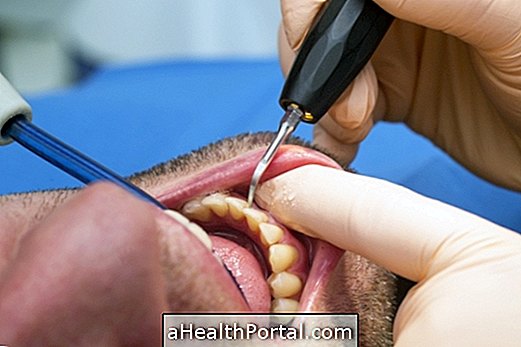The treatment for ringworm on the skin, nail, scalp, foot or groin can be done with antifungal medicines like Fluconazole, Itraconazole or Ketoconazole in the form of ointment, tablet or solutions which is indicated by the dermatologist.
The treatment usually lasts about 30 to 60 days, so it is very important to continue the treatment for the time indicated by the doctor, even with the disappearance of the symptoms, because if the treatment is interrupted, it is common for the symptoms to return, since they do not complete removal of the fungus.

The choice of treatment is made by the dermatologist according to the type and site of mycosis, and may be:
1. Ointments
Ointments are usually the most indicated by dermatologists to treat mycosis of the skin, either in the groin, candidiasis or white cloth. The treatment is usually done for 1 to 4 weeks and the medication is determined by the dermatologist depending on the type of injury that the person presents. Ointments usually indicated by dermatologists are those containing ketoconazole, miconazole or terbinafine. Find out what the 7 types of skin ringworm are.
2. Solutions or lotions
The solutions should contain active ingredients capable of eliminating the fungus, such as cyclopirox, miconazole, fluconazole and ketoconazole. The solutions can be used both for the treatment of skin mycoses and mycoses of the hair leather when not found in the form of shampoo. Fungirox is an antifungal that can be used both in the form of solutions and in the form of enamel, being indicated by the dermatologist depending on the type and location of the lesion. Here's how to use Fungirox.
3. Enamels
Enamels are used to treat mycoses of nail and the most indicated by dermatologists are Fungirox and Micolamina, which is an antifungal able to prevent the mechanism of action of the fungus and change its structure. Know how to use Microlamine.
4. Tablets
Usually the tablets are indicated by the dermatologist when the ringworm of skin is very extensive and the treatment with ointments or solutions is not as effective. Most often, the dermatologist indicates the use of Fluconazole 150 mg or Terbinafine 250 mg, for example.
How to cure ringworm at time
Ringworm is a skin disease that is cured as it is caused by fungi that can be completely eliminated with the use of appropriate antifungal medicines like Isoconazole, Ketoconazole or Miconazole. However, it is important to have some simple hygiene precautions to avoid a new fungal infection.
Ringworm remedies should be prescribed by a dermatologist or general practitioner and their presentation may vary according to the affected site and may be used in the form of ointment, shampoo, spray or lotion to facilitate their application. See the most commonly used remedies for beard, scalp and nail fungus.
Ringworm remedies are usually applied to the affected area for 3 to 4 weeks to ensure removal of the fungus. However, in cases of ringworm on the skin or nail, the recommendation is usually to use 2 to 3 times a day, and in other cases as ringworm on the scalp 2 to 3 times a week.
How to prevent ringworm from recurring
After the treatment for ringworm, the fungus is eliminated and the person is cured, however, it is necessary to take some hygiene precautions to avoid reoccurring. Some of the most important care include:
- Keep the skin always clean and dry, especially in places with skin folds;
- Wear slippers to take showers in public places;
- Change socks and underwear every day;
- Wear tight clothing and cotton;
- Do not share clothes, towels or sheets with another person who has ringworm.
These care will help prevent fungi from developing on the skin and, therefore, prevent the onset of ringworm.
Signs of improvement
Signs of amelioration of mycosis on the skin include the disappearance of rounded, reddish or whitish lesions on the skin and the reduction of itching and, in the case of nail fungus, disappearance of the yellowish or white color of the nail and its growth.
Signs of worsening
Signs of worsening of mycosis in the skin arise when the treatment is not done or is done incorrectly and include increasing the size of the lesion on the skin as well as the redness and itching. In the case of nail fungus, the signs of worsening may be the nail becoming deformed or other nails becoming infected. Learn how the treatment for nail fungus is done.

